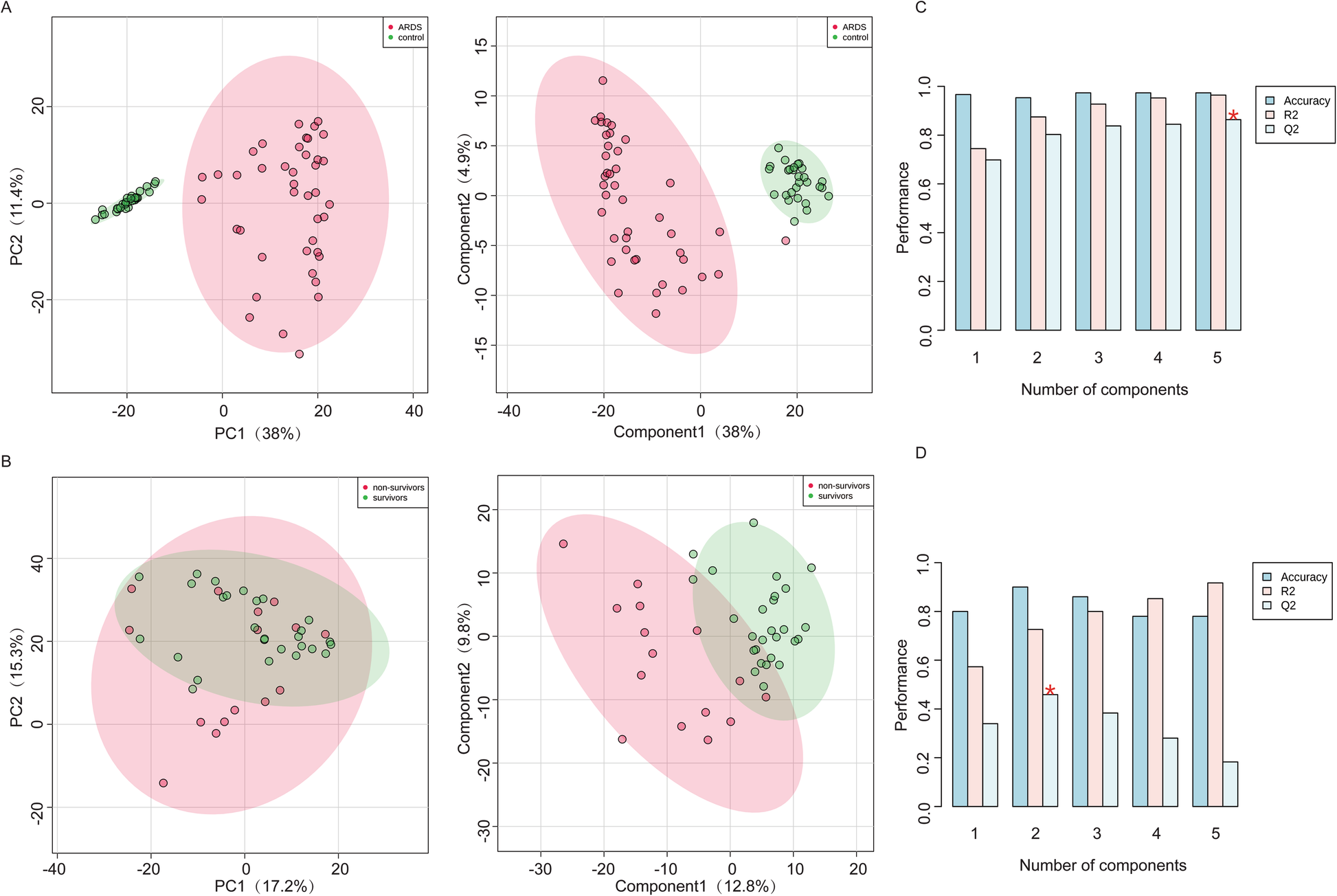Frankdee20
Member
The problem with taking these isolated Amino's for Dopamine is that eventually, the efficacy will stop. Must be a rate limiting step or something gets saturated, and the brain knows to tone it down. Trust me, the ***t will only work for a short time.



